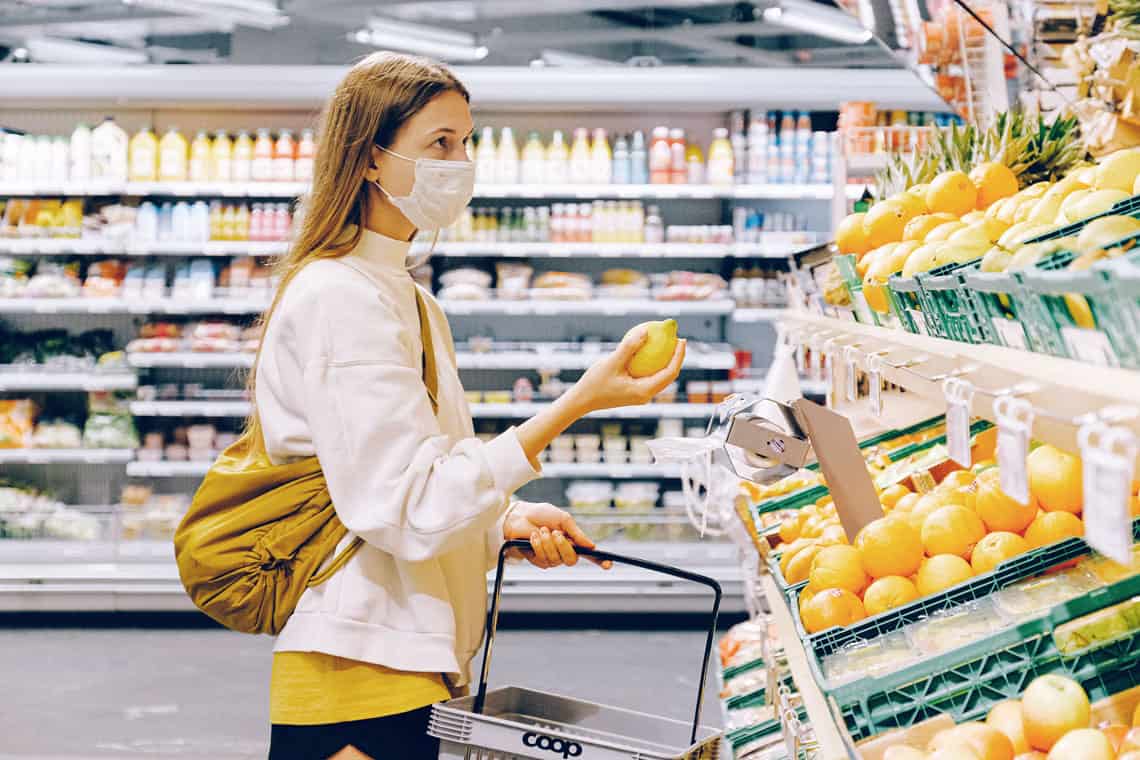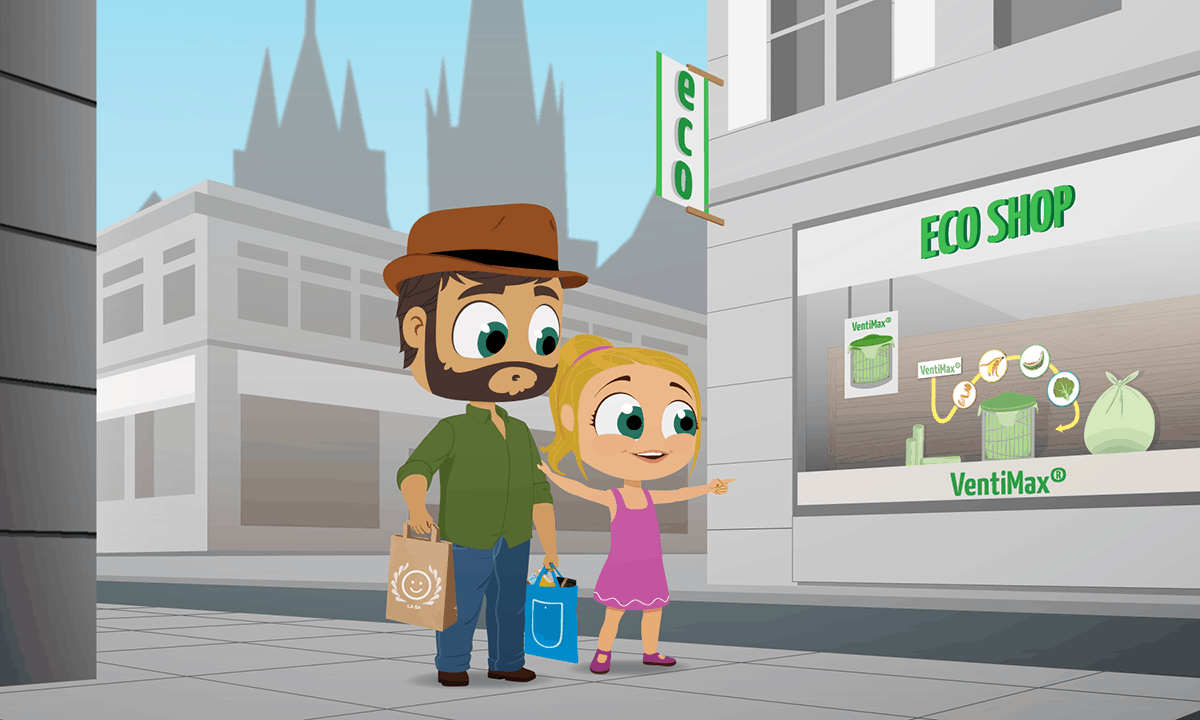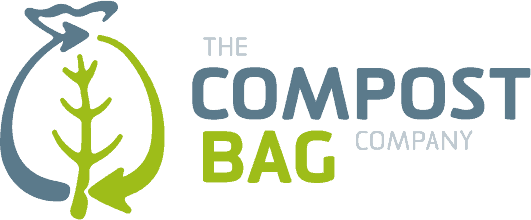EYE OPENER: compostable plastics in corona times
For fear of contamination with the corona virus, reusable packaging is advised or prohibited in some places. For hygiene reasons, a full switch has been made back to single-use packaging. This threatens to jeopardize a hard-fought realization of the environmental movement, namely the banning of single-use (plastic) packaging. (photo: Pexels.com)
This probably does not lead to a definitive and complete turning back of the clock. But at the same time, it is worth noting that a complete ban on all single-use plastic packaging is thoroughly re-examined. Is that in all cases the best solution? And what role can compostable plastics play. Let’s check it out.
Reusable packaging in a circular economy
Its share of global environmental pollution has put single-use plastic packaging in a bad light. Moreover, they do not fit in with a striving for a circular economy, in which material loss is maximally avoided. After all, many of the single-use plastic packaging is difficult to recycle. They are very light, which increases the complexity of the collection. They are also made from different types of plastic, which are difficult to separate. And when it comes to food packaging, they are often dirty with food residue. The result is that the end product of the recycling is of inferior quality and cannot be reused widely enough. That is why more and more countries and regions introduced legislation to replace single-use products with reusable ones.
Reusable packaging in corona times
Due to the outbreak of the corona pandemic, reusable packaging is now viewed very differently however. Suddenly attention has shifted from environmental pollution to health and hygiene. Packaging, which the consumer brings along, is now viewed with suspicion. Are those packages safe? And who is responsible if someone later falls ill and the packaging is pointed at as cause of the problem? Retailers fear that they will be blamed, then. Especially in the US, those responsibility risks are enough to completely change strategy again: reusable packaging is even banned. Things are not yet going so far in Europe, but the same questions are asked. Various retailers (temporarily?) suspend the phasing out of single-use plastic packaging.
What role can compostable packaging play?
In any case, compostable packaging should not be seen as the miracle solution. It is only a valid alternative in specific cases. But it has a lot of potential, especially with food packaging. It offers the hygienic security of traditional plastic packaging, but at the same time it also has the potential to tackle the quality problem in recycling. After all, compostable packaging is converted into compost together with the organic waste. Compost is a soil conditioner that makes plants grow healthier. The building blocks with which compostable packaging can be made, are extracted from plants via biorefining. The cycle is thus also closed. That is recognized by the Ellen McArthur Foundation in their Material Circularity Indicator.
Compostable packaging made from renewable raw materials (biobased) is therefore a circular alternative. And it is safe and hygienic. And much more convenient. Isn’t it?






